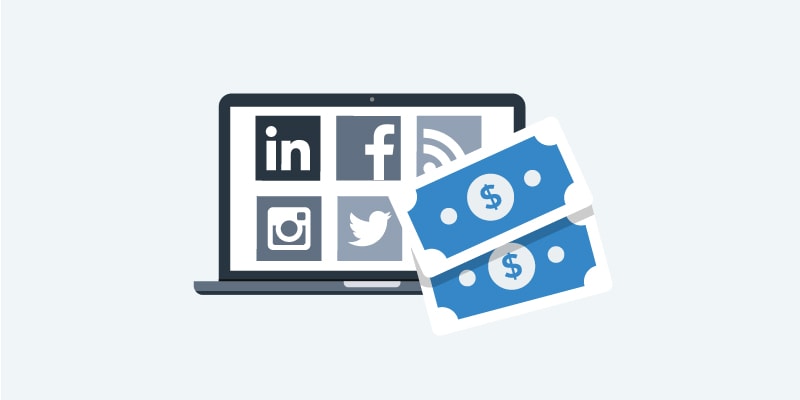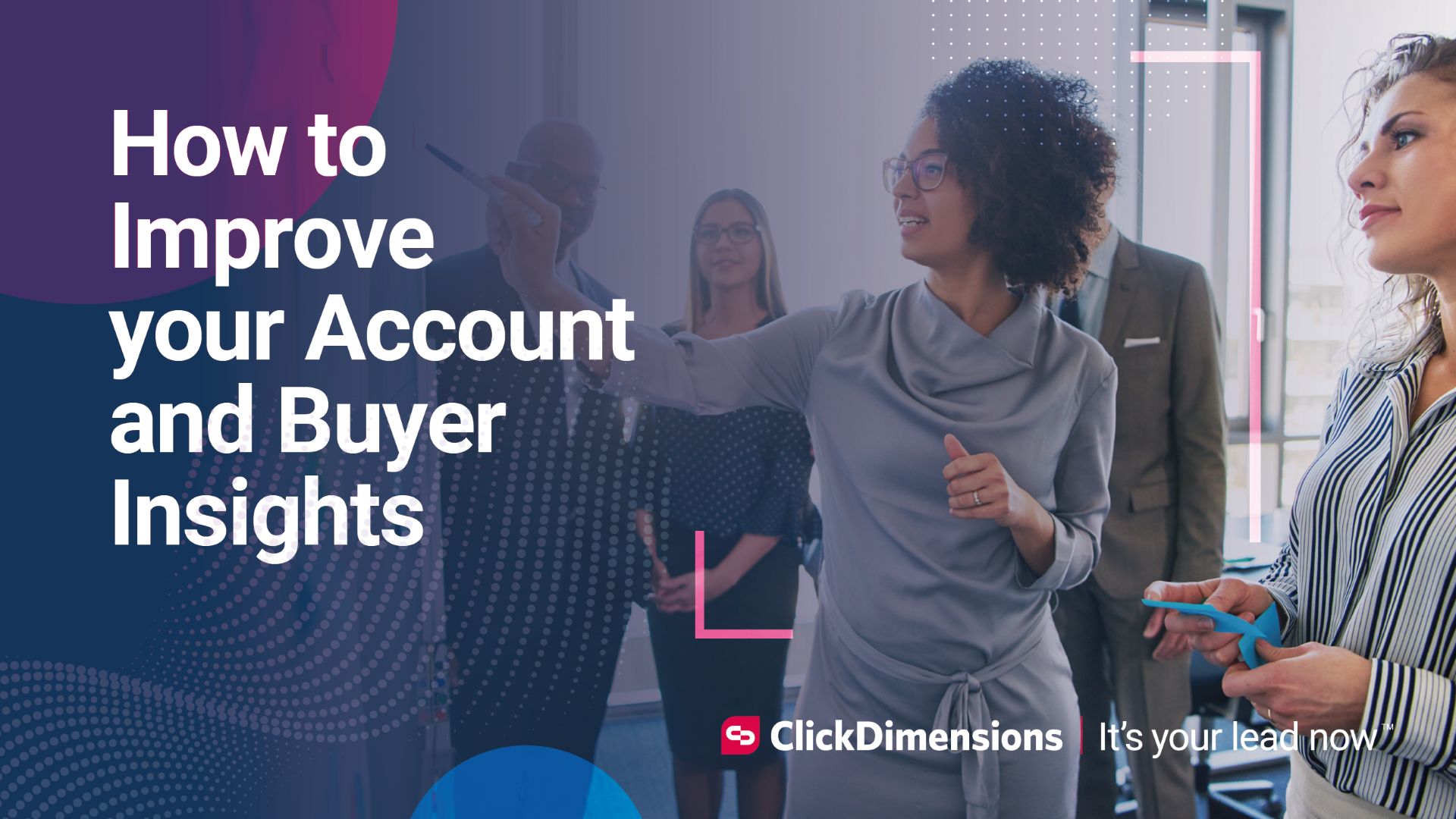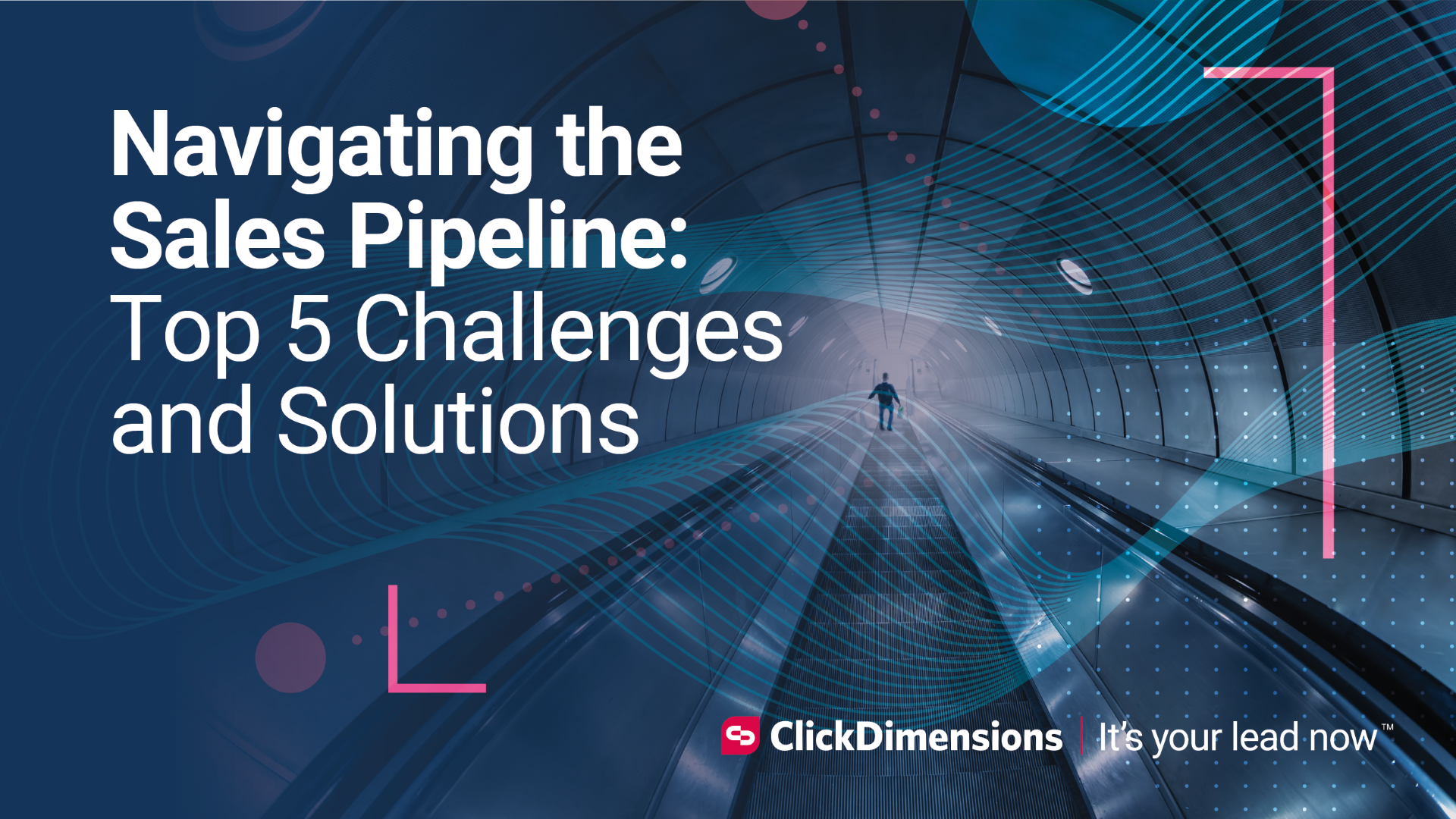
As algorithms have changed on social platforms to the detriment of brands, so too has the shift towards paid social. Paid social is just that, paid placement of content on social channels. Depending on the platform, it can take different forms. Combining organic and paid social efforts can improve brand awareness, generate new leads and foster communication with existing customers. However, if done incorrectly, utilizing paid social can be an expensive proposition that generates meager results. So, how do you avoid the pricey pitfalls and get the most value out of paid social? Follow these essential dos and don’ts.
2 Dos and 2 Don’ts for Paid Social Success
Do Choose Appropriate Social Media Platforms
When choosing where to place your ads, it’s helpful to know which social networks are most popular with your target audience. If you want to increase your visibility, it makes sense to only target your ideal customers and understand how they use that specific social platform so you can create a strategy behind placement. For example, Facebook lets you create a custom audience to include users who have liked or commented on your posts in the past, as well as targeting demographics, interests and behaviors. Once you gain insight on where to place ads and to whom, you can figure out what type of ad campaigns to run. Also, it is important to be cognizant of what stage of the buyers journey your ad falls in. Ideally, you want to use paid ads to move a prospect through the buyer’s journey to become a loyal customer.
Do Remarketing
Remarketing, also known as retargeting, is a technique that involves redirecting people who visited your website back to your website. Paid social ads are a great way to remarket and can help prospects who are ready to make a decision but may need a reminder. With remarketing, a social media platform will place a cookie in the browser of someone who visits your website. Then, when they come back to the social media site, they see the ad inviting them back to your website. You can further encourage them to make the click by personalizing the ad to their specific interests.
FREE Downloadable Resource: The B2B Marketer’s Guide to Social Media Success
Don’t Start Without Allocating a Dedicated Budget
You may be tempted to put out as many different ads as possible to get as much traffic as you can. Beware that each click is something you pay for, and conversion rate is more important than clicks. Just because your CTR is high, does not always mean your ROI is high. It is best to set a lower end max spend per day between $10 and $15 if you are just starting out or do not know how much to allocate to a budget. Monitor your conversions and tweak the ads accordingly. Increase your spend once you gain insight from the analytics to build a spend strategy. This will help you identify a set budget so you can control your ad spend and maximize its cost-effectiveness.
Don’t Make Ads that Feel Like Ads
Many consumers today either utilize ad blockers or simply ignore ads. Therefore, it’s important to create compelling ads with engaging content instead of a more aggressive and direct push to sell your product or service. These ads could be the deciding factor in whether someone decides to stop, click and engage. Be aware that different social platforms have different rules for what they allow on their ads regarding graphics, a clear call-to-action and proper text overlay. Some trendy designs to capture your audience’s attention include stop-motion photography, Boomerang videos, flat lay design, text animation or colored gradients. Always ask yourself this: is your ad one that you wouldn’t mind seeing in your own social feeds?







